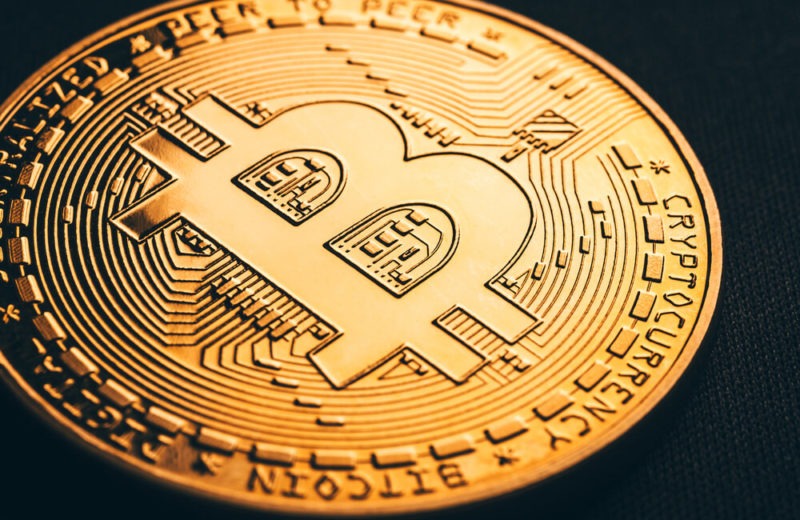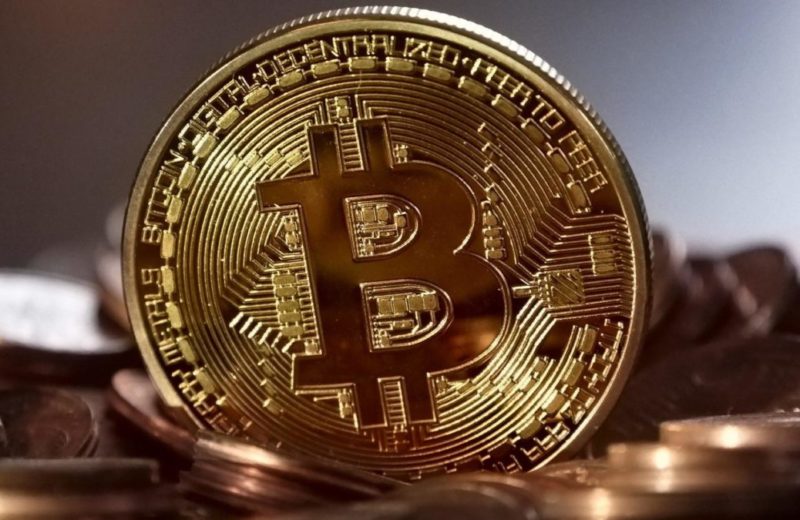In terms of the US Dollar, Bitcoin is still trading below $41,500. BTC is still vulnerable to further losses below the $39,000 support level.
Below $40,500 and $41,500, Bitcoin is flashing negative indicators. The price has dropped below $40,500 and is currently trading below the 100 hourly simple moving average. The price of bitcoin stayed below the crucial $41,500 barrier level. BTC appears to be trading between $39,000 and $41,500, with the resistance zone at $41,500.
What Lies Ahead?
Before the market began an upward reversal, the previous swing low was recorded at $39,600. A move over the $40,000 resistance zone was made. The price rose over the 23.6 percent Fib retracement level of the decline from the swing high of $41,548 to the low of $39,600. However, the price encountered stiff resistance between the $40,500 mark and the 100 hourly simple moving average. Bitcoin also battled near the 50% Fib retracement level of the decline from the swing high of $41,548 to the low of $39,600.
The next major resistance level might be $40,380, corresponding to the 100 hourly SMA. The price must clear the $40,380 zone and the 100 hourly SMA to begin a rebound wave. In the above scenario, the price may increase to the $40,850 barrier level. Any more advances might lay the stage for a push for the $41,500 barrier soon.
If bitcoin fails to break over the $40,180 resistance zone, it may begin a new downward trend. Another DeFi network has suffered a huge setback today. The decentralized, credit-based stable coin Beanstalk broke its peg because of an $80 million heist.
Several sleuths have been watching the transfer of cash and examining the exploit that has likely left Beanstalk Farms in the dust. Speculation has been flying left, right, and center. The transaction on Etherscan demonstrates that the hacker utilized a ‘flash loan attack,’ which has previously been spotted on DeFi protocols. A crypto flash loan allows a user to borrow and repay a loan in a single transaction, reducing risk for lenders and simplifying processes for borrowers.















